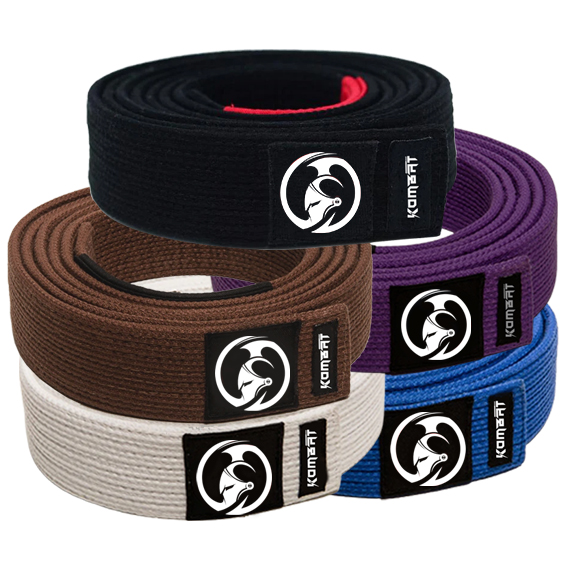Introduction
The martial arts community cherishes the significance of the gi belt, not just as a symbol of rank but as an integral part of the practitioner’s journey. Understanding the importance of gi belt maintenance is paramount in ensuring its longevity and preserving the traditions associated with it.
Understanding Gi Belt Materials
When it comes to gi belts, the material plays a crucial role in determining its durability. Different materials, such as cotton, hemp, and polyester, have varying levels of resilience. Knowing the impact of material on longevity is essential for making informed choices about your gi belt.
Washing and Cleaning Techniques
Proper washing and cleaning techniques are fundamental in maintaining the integrity of your gi belt. Follow specific guidelines for washing, and be mindful of drying methods to prevent unnecessary wear and tear.
Storage Practices
How you store your gi belt matters. Learn about ideal storage conditions and avoid common mistakes that could compromise the quality of your belt over time.
Regular Inspections
Regularly inspecting your gi belt is a proactive approach to maintenance. Identify signs of wear and tear early on to address issues before they escalate.
Repairs and Replacements
For minor issues, DIY fixes can extend the life of your gi belt. However, knowing when to consider a replacement is equally important to ensure your safety during training.
Enhancing Longevity Through Training
Adjusting training intensity and employing specific techniques can impact the lifespan of your gi belt. Explore ways to balance rigorous training with mindful practices that promote longevity.
Stories of Gi Belts with Longevity
Real-life examples of gi belts with impressive longevity offer insights into effective maintenance strategies. Discover what these stories teach us about caring for our belts.
Common Misconceptions
Debunking myths about gi belt maintenance and clarifying common misunderstandings ensures that practitioners adopt accurate practices for preserving their belts.
Expert Tips for Gi Belt Care
Gather advice from martial arts instructors and insights from gi belt manufacturers to elevate your maintenance routine and extend the life of your belt.
Community Discussions
Engage in online forums and groups to share experiences and tips with fellow martial artists. Building a community around gi belt care fosters a culture of shared knowledge and appreciation.
Eco-Friendly Practices
Explore sustainable options for gi belts and adopt environmentally conscious maintenance practices to align your passion for martial arts with a commitment to the planet.
Importance of Emotional Attachment
Understanding the psychological impact of a well-maintained gi belt and building a personal connection with it adds depth to your martial arts journey.
How to Educate Others
Spread awareness about gi belt maintenance within your community. Encourage fellow practitioners to embrace a culture of care and respect for this cherished martial arts accessory.
Conclusion
In conclusion, gi belt maintenance is not just a practical necessity but a way to honor the traditions and symbolism embedded in martial arts. By following these tips and embracing a mindful approach, practitioners can extend the life of their gi belts, creating lasting connections with these meaningful artifacts.
FAQs
-
How often should I wash my gi belt?
- Washing frequency depends on usage; however, a general guideline is after every few training sessions.
-
Can I use fabric softener when washing my gi belt?
- It’s advisable to avoid fabric softeners as they can weaken the fabric over time.
-
What are the signs that my gi belt needs replacement?
- Fraying edges, noticeable thinning, or a loss of color can indicate the need for a replacement.
-
Are there specific techniques that can help prevent wear and tear during training?
- Yes, learning proper tying techniques and avoiding excessive pulling can minimize wear and tear.
-
How can I contribute to eco-friendly gi belt practices?
- Look for belts made from sustainable materials and adopt energy-efficient washing practices.
Read more: Click here


